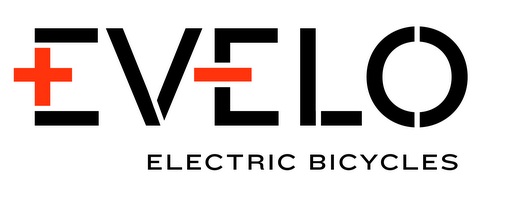Taking Cheapskate Seriously
Riding the Aurora e-bike on the way to Wendover, Utah one day, I came across a streamliner of sorts, parked at the Sinclair truck stop at the fringes of the Bonneville Salt Flats. It differs considerably from other streamliners in two respects. First, it is streetable, if impractical. Second, this streamliner is not built for speed, but for fuel mileage.
Based on an older Toyota T100 pickup truck, its owner has made serious modifications to its body. Functionally speaking, it is no longer a pickup truck, but a car. He was at Bonneville to hopefully wade through the brine and make a run on the salt, but that isn’t as exciting as it seems. Its little four-cylinder engine can, given enough distance, push this newly-slippery shape along at just over 100 MPH, if it has to. That may be fast for a stock T100 four-banger. I don’t know, but I assume it is. Pickup trucks are bluff boxes that force
air out of the way instead of sliding through it, so any positive change tends to boost mileage noticeably. Later versions of the Mighty Furd include a larger front air dam, reputed to boost mileage up to two or three miles per gallon. Little changes can mean a lot.
This pickup’s owner sounded like he works at a university, which explains the atmosphere needed to modify a vehicle in this way. He’s one of many fuel mileage enthusiasts who gather at Ecomodder.com, a forum dedicated to squeezing the last nickel of transport out of each gallon of fuel. Among the more devoted disciples, few mechanical systems are left entirely untouched, and aerodynamic drag calculations abound. Sure, they pump up tire pressures and drive like old ladies on Sunday, but also rig automatic engine shutoffs during coast and stationary idle. They get very creative in the details.
Yet, as in accidents, the “nut behind the wheel” is a bigger contributing factor to what results, than the mechanicals are. Instead of speeding through town, spinning tires, revving engines and running stop signs, these eco-hooligans are on a mission of momentum that may on occasion require a Hollywood stop or three along the way. As on my e-bike with its limited power supply, extending range means using the motor to accelerate as infrequently as possible. In the best conditions, not needing to accelerate means not slowing down or stopping, because getting rolling again means using a lot more fuel than just pooping along in a steady state. In practice, the classic Hollywood slow-rolling stop is far better than a full stop for saving fuel. And let’s face it – not that many wild-eyed eco-modders are coasting through stop signs and saving their mileage records in downtown Atlanta traffic. Out here, it’s almost hard to find a stop sign, and even more difficult to find another vehicle to run into if you slow-roll through one.
What impressed me about this little pickup was the extent to which its owner was willing to streamline the thing. I mean, look at it! Rounding the front end and extending the tail by several feet makes for quite a styling change, sacrificing utility at the alter of low drag. Everything possible is faired in, including the tail lights, which now reside behind large plexiglass panels. The weight gain caused by the added body panels is not good, but out on the open road, the resulting low drag coefficient becomes more valuable. Added weight doesn’t affect mileage in steady-state cruising nearly as much as high air drag does.
It is said that “speed costs money, so how fast would you like to go?” The folks who run on the salt flats every year strain their budgets to try to break speed records, and those budgets can get pretty sizable. So what’s an ordinary gearhead with little more than bread money going to do for fun and a sense of pushing the limits of what can be done? Go for fuel mileage that is above and beyond what his stock vehicle is capable of. It’s just a different form of fun and number crunching. So that’s why seeing this once-little pickup at the salt flats was such a trip. It looks like a streamliner, and it is. It looks faster, and it is. But these are merely the side effects of its true goal: fuel mileage, not speed. Different goals entirely, yet half of the path to get there is shared between the two. It can’t win any drag race but, unlike a similarly-dedicated speed racer, it can be driven on the street, and in traffic. Its tuning runs and incremental developments take place every day on the street, instead of once or twice a year on a dedicated racing surface.
At Bonneville, the various car and bike drivers feel alive as they push the top speed limits of their vehicles, even the drivers of the many VW Beetles that show up. Having done poor and rather hazardous imitations of that on rural roads in my misspent youth, I can empathize with that thrill and sense of reward. Even topping 70 MPH on a tiny 125cc motorcycle was a kick. In eco-modding, I assume that the mini-thrill is in the drive too, but this time for the mileage numbers. You’ve made your modifications, but now it’s up to you to make them pay off in distance per drop of fuel. Slack off, and it’ll never happen. Have a clumsy, distracted day or unexpectedly hit traffic, and your overall average will nosedive. The sense of accomplishment must be strong, I imagine, but is there such a thing as tedious excitement? I suspect so.




